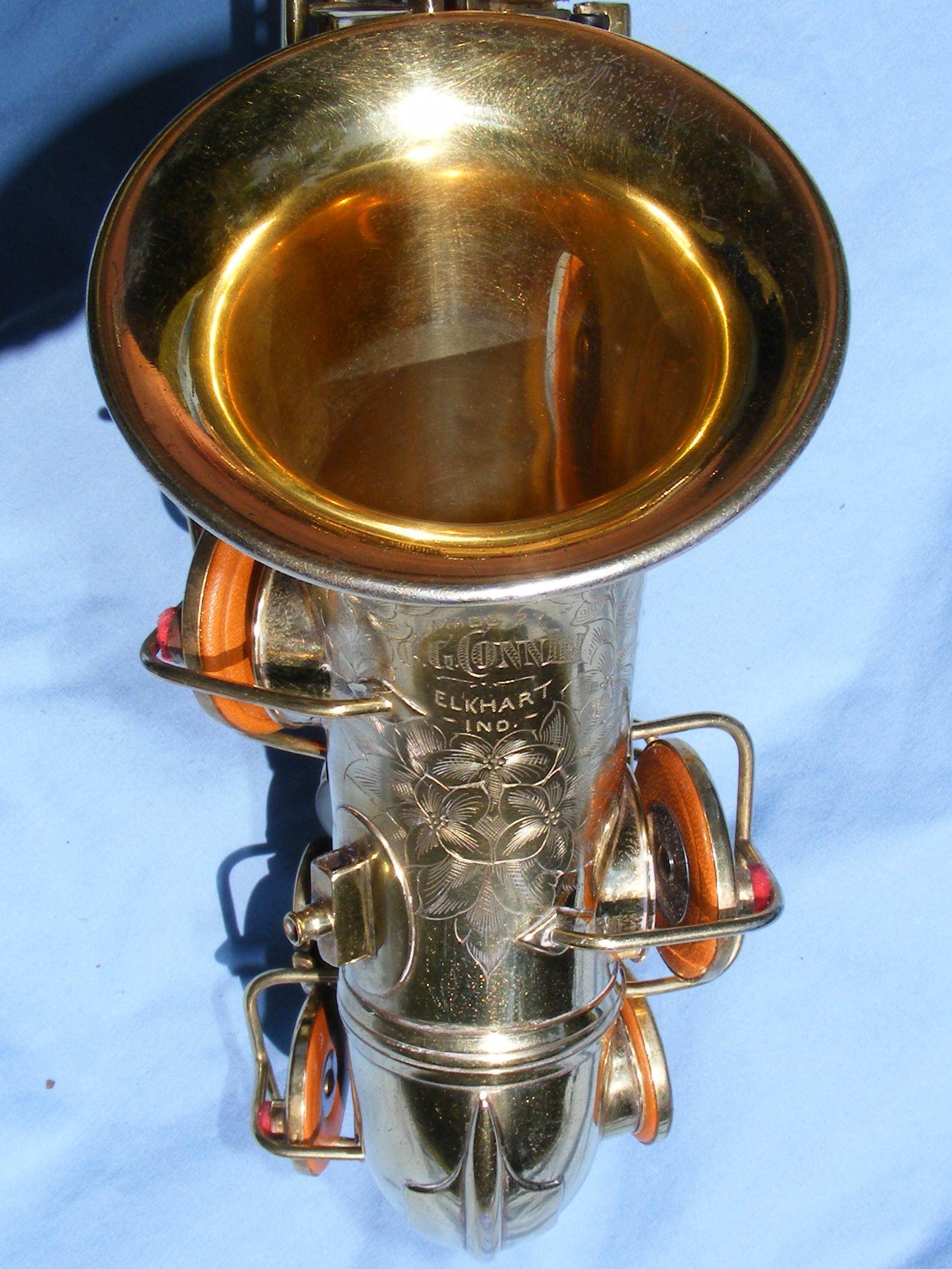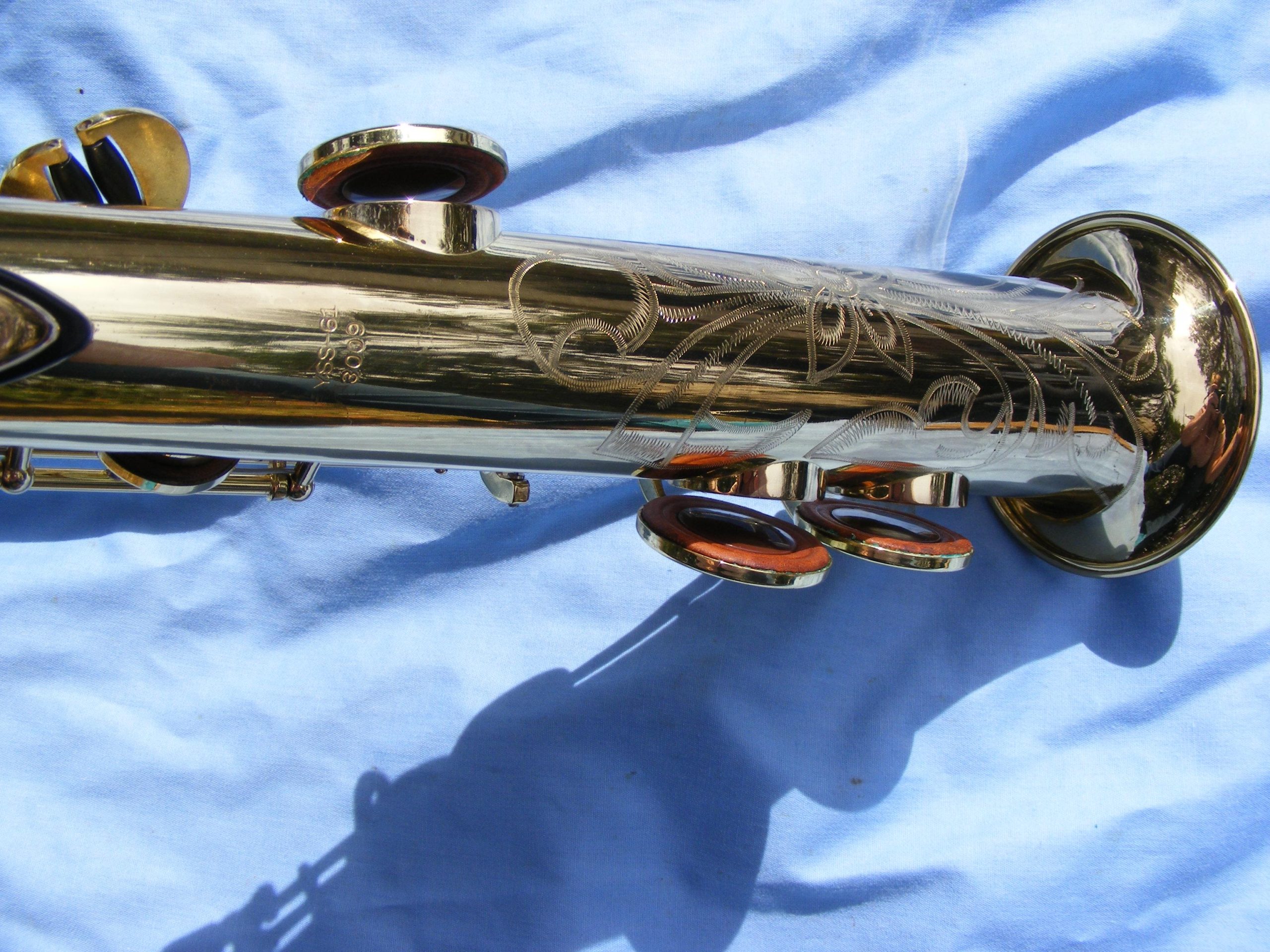The Of Curved Soprano Saxophone
Wiki Article
Some Known Questions About Vintage Saxophones For Sale.
Table of ContentsSee This Report about Soprano SaxAbout Sopranino SaxophoneGet This Report about Curved Soprano SaxophoneNot known Details About Curved Soprano Saxophone
Say the words 'Baker Road', and what do we all promptly think of? An imaginary Victorian Investigative with an enthusiasm for the Violin, sure! Yet, let's be truthful, what most of us enable to stand out sweetly into our imaginative minds is the natural, attractive, almost moody tone of the Saxophone in the doubtless preferred and widely known track Baker Street, developed by Scottish Singer-Songwriter Gerry Rafferty in 1978.A popular piece of pop songs memorized and carried out by artists literally millions of times around the globe, the extremely functional Saxophone has characterised more than just the renowned Baker Street throughout the years, as well as discovered its real home in the awesome and also gathered category of jazz in the 1920s.
Bass or Baritone Saxophones: the gruff, deep, honking sound of the meaty Baritone Saxophone makes it best for its capabilities in the lower signs up, as well as preferred with newbies that desire bask in the benefit of continuing to be mobile over & above their Tubaist equivalents; although young gamers can discover the secrets difficult to get to.
Without a doubt the most prominent in the Saxophone household for newbies with its closely aligned tricks and convenient notes, so lots of abilities learnt on the Alto Saxophone can be conveniently moved to its siblings. Soprano Saxophones: whilst it may resemble a souped up brass variation of a clarinet or similar, the Soprano Saxophone is perhaps the most relaxed and sophisticated of all the Saxophones; generating a light and also fragile tone in the greater registers - https://www.openfaves.com/author/vintagesaxpn/.
Soprano Sax Can Be Fun For Anyone

It's the tool you'll hear in cornerstone jazz tracks such as Soul Eyes by Coltrane, as well as Battle each other Ellington's Take The "A" Train. Nevertheless, although there's no rejecting that the Tenor Saxophone is one of the most prominent in this exceptionally suave and also sophisticated category, the fact is that all of these Saxophones have a component to play, depending upon what a composer (or Singer-Songwriter) desires to attain (curved soprano Learn More Here saxophone). https://www.bookmarkgroups.com/author/vintagesaxpn/.
Not just this, yet it additionally depends on what you - as an artist with your own style and also capacities - feel most comfortable with. It's not uncommon for artists to interchange in between Alto and also Tenor, as they have a fairly similar high quality. Reasonably, the very first thing you should be assuming concerning is what kind of Saxophone will certainly suit you!
Created by music tool developer Adolphe Sax in Belgium in the 1840s, saxophones were made to incorporate the very best top qualities of brass instruments, such as the trumpet or trombone, with standard woodwind tools, such as the clarinet or oboe (sopranino saxophone). In spite of being made largely out of brass, saxophones are classified as woodwind tools since, like clarinets, the primary stimulant with which audio is generated when playing the saxophone is the reed.
4 Easy Facts About Curved Soprano Saxophone Explained
Today, that number has actually been distilled down greatly to six types of saxophones. From there, just 4 of those remaining six types are still frequently played in contemporary music contexts. In pitch order from highest possible to cheapest, they are the soprano, alto, tone, and baritone saxophones (https://www.pearltrees.com/vintagesaxpn#item493648340). The all-natural inquiry then ariseswhat are the special qualities of these 4 various saxophones, and also what makes each type so unique? Additionally, numerous ambitious saxophone gamers usually wonderwhich saxophone is appropriate for me, as well as which should I find out to play? Today, we're going to aid answer those questions by diving right into the differences between the four most common saxophone types: TREBLE SAXOPHONE The soprano saxophone is the smallest of the saxophone household, and also is commonly puzzled with the clarinet by the undiscerning eye.
ALTO SAXOPHONE Unlike the treble, the alto is an excellent saxophone to get if you're starting your music journey and learning to bet the very first time. Tuned to E-flat and pitched slightly reduced than the treble, the alto is fantastic for initial players since, unlike several of the bigger horns, it is little, light-weight, and also simple to grip.
Alto saxophone is also common within concert and jazz bands, as well as can often be heard in designs varying from jazz to blues, timeless, pop, rock, and also beyond!, as well as lots of others.
Soprano Saxophone For Sale Fundamentals Explained
FIND OUT MORE: TENOR SAXOPHONE The tone saxophone is a little larger and also deeper seeming than the alto; nonetheless, like the alto, it has become a prevalent instrument across a variety of preferred musical styles. It features a deep, abundant tonality that can quickly fill a room while all at once forecasting via a thick band mix.Because of its bigger size and lower B-flat tuning, the tone requires the player to push more air through the tool in order to generate a smooth, clear note. Consequently, it isn't constantly the ideal tool for first-time wind players or younger artists with smaller sized lung capabilities. That being said, it is certainly a tool worth quickly finishing as much as.
Report this wiki page